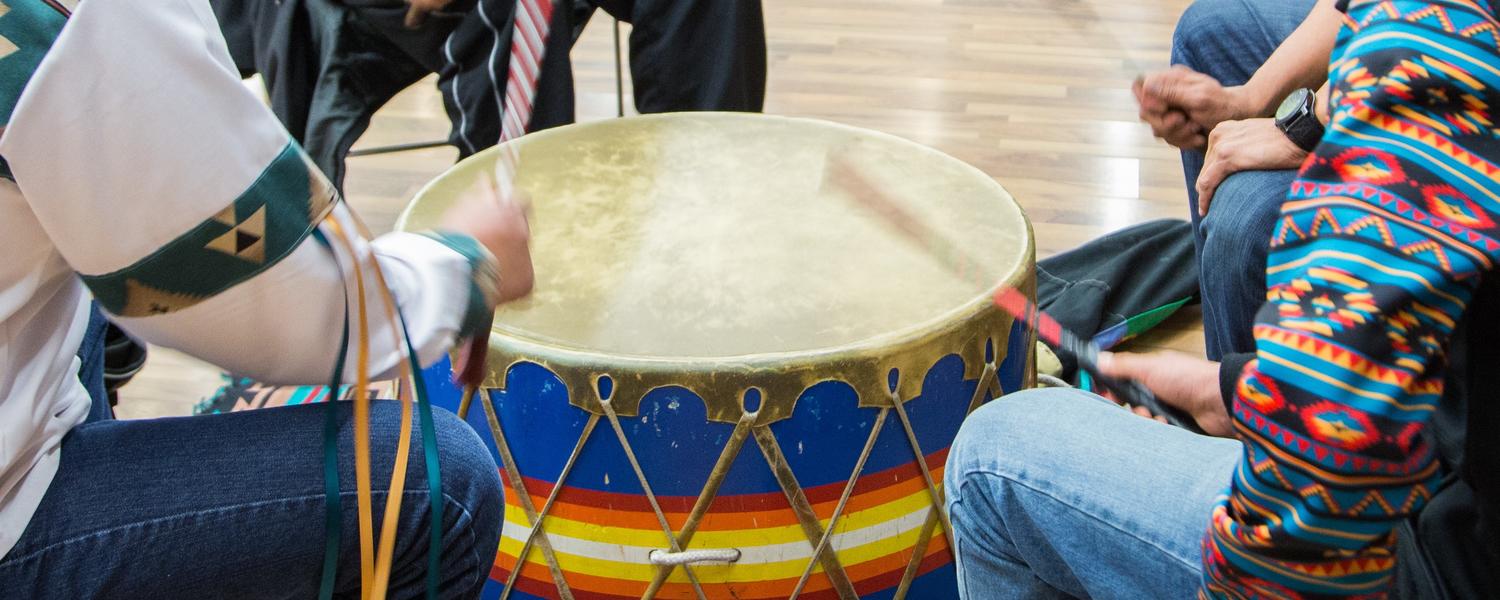
Indigenous Lifeways
Indigenous Lifeways
The wisdom that is embedded in Indigenous cultures and languages is derived from a longstanding and deep knowledge of the land; this knowledge extends outwards to the universe. As a post-secondary institution, we are reminded of our role and responsibilities in reconciling relations between Indigenous and non-Indigenous peoples by respecting Indigenous perspectives which are “governed by constant dynamic cycles of transformation and renewal” (University of Calgary, 2017, p. 6). The four key visionary circles of the strategy are: Ways of Knowing; Ways of Doing; Ways of Connecting; Ways of Being.
Acknowledging and starting to learn the significance of Indigenous traditions, protocols, ceremonies, and ways of knowing will provide a context that will foster humility and greater understanding when discussing and learning about Indigenous peoples.
The articles and text below strive, as much as possible, to be written manifestations of oral reviews and representative of Indigenous oral traditions.
Atleo, E. R. (2004). Tsawalk: a Nuu-chah-nulth worldview. Vancouver: UBC Press.
Bastien, B. (2004). Blackfoot ways of knowing: the worldview of the Siksikaitsitapi. Calgary: University of Calgary Press.
Battiste, M., & Henderson Youngblood, J. (2000). Protecting Indigenous knowledge and heritage. Saskatoon: Purich.
Buck, W. (2009). Atchakosuk: Ininewuk Stories of the Stars. (PDF)
Cajete, G. (1994). Look to the mountain: an ecology of Indigenous education. Durango: Kivaki Press. (PDF)
Deer, F., & Falkenberg, T. (Eds.). (2016). Indigenous perspectives on education for well-being in Canada. Winnipeg: Education for Sustainable Well-Being Press. (PDF)
Edge, L., & McCallum, T. (2006). Metis identity: Sharing traditional knowledge and healing practices at Metis elders gatherings. Originally published in Pimatisiwin, 4(2), 83-115.
Ermine, W. (1995). Aboriginal epistemology. In M. Battiste, & J. Barman (Eds.), The circle unfolds (pp. 101-112). Vancouver: UBS Press.
Little Bear, L. (2000). Jagged worlds colliding. In M. Battiste (Ed.), Reclaiming Indigenous voice and vision (pp. 77-85). UBC Press.
Cajete, G. Rebuilding Sustainable Indigenous Communities: Applying Native Science. (2011)
Donald, D. and Big Head, R. Indigenous knowledge and socioecological systems. (2017)
Maskwacis Education - Our Students Matter Most. (2017) Cree students talking about the importance of their language and culture in their education.
Blackfoot Digital Library
A Blackfoot-centric library with video, pictures and other media to provide Blackfoot perspectives on their history and culture.
Galileo Network
Nitsitapiisinni - Stories and Spaces - Exploring Kainai Plants and Culture.
Nitsitapiisinni is an online resource that places indigenous plants in the context of the sights and sounds of the land. The website includes plant descriptions, photographs, artwork, Elder interviews, digitized books, and teacher planning resources.
Wild and Free
This initiative conducted an inquiry-based study focused on the history and lives of wild horses, their relationship to the people of the Stoney First Nation, and the importance of sacred sites in the horses’ home ranges.
Unreserved - A podcast series on contemporary Indigenous issues from the CBC.
Storykeepers: Let's Talk Indigenous Books - Waubgeshig Rice and Jennifer David host a monthly podcast with authors of Indigenous, Métis and Inuit origin.
Media Indigena - A long-running, Indigenous, current affairs podcast covering topics in Canada and beyond.
